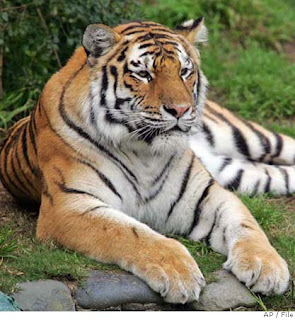
- Parents should always have children under 16 ahead of them, and always within sight distance.
- Mountain lions hunt at dawn and dusk, which is the time when people need to be the most vigilant. Carry a deterrent such as a walking stick or pepper spray.
- It is best not travel alone, especially at dawn or dusk. Trail runners and mountain bikers should run/ride with others. Individuals are three times more likely to have an encounter or be attack then pair of people or a group.
- Homeowners living in mountain lion country should eliminate hiding places for lions such as dense vegetation near the house—especially in children’s play areas. Put children’s play areas where they can be supervised from inside the house. Consider fencing children’s play areas mountain lions prefer to ambush their prey; a fence is a good deterrent.
- Don’t allow children to play outside at dawn or dusk. Children under 16 that are not accompanied by an adult are at the greatest risk.
- Homeowners should not attract deer. Plant only native foliage, deer-proof fences that are 6 to 8 feet tall will deter both deer and mountain lions.
- Homeowners should install lighting in areas where family or pets move at dark.
- Do not allow pets to roam at night, keep pets on a leash and securely confined at night. Kennels with a secure top are recommended—or enclosed in a building.
- If you encounter a lion: keep eye contact, move backwards slowly. Raise your arms over your head to appear larger. If you’re wearing a jacket, grab the corners and lift over your back (like wings) to appear larger. Yell. Throw rocks or sticks. Be aggressive, never submissive.





